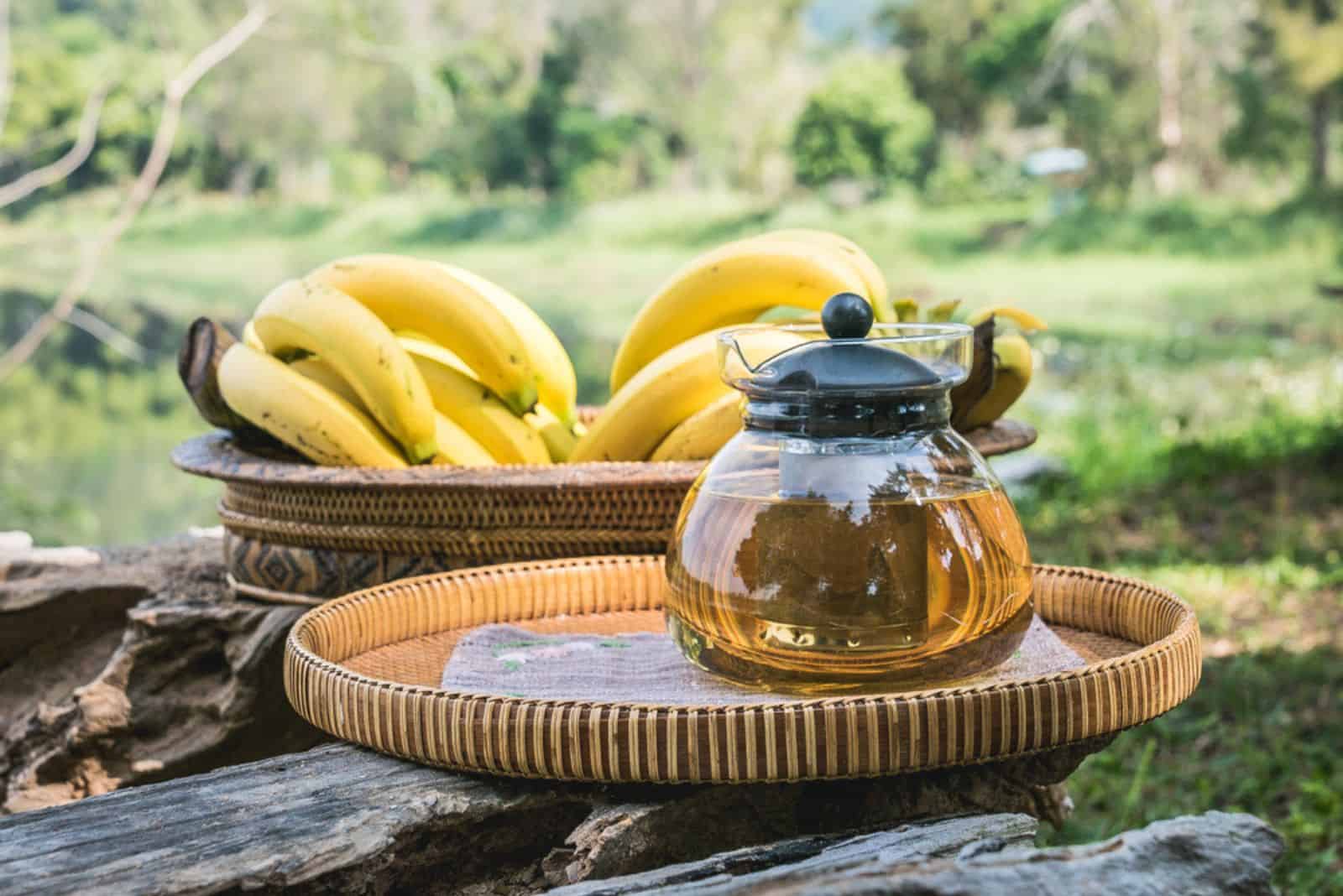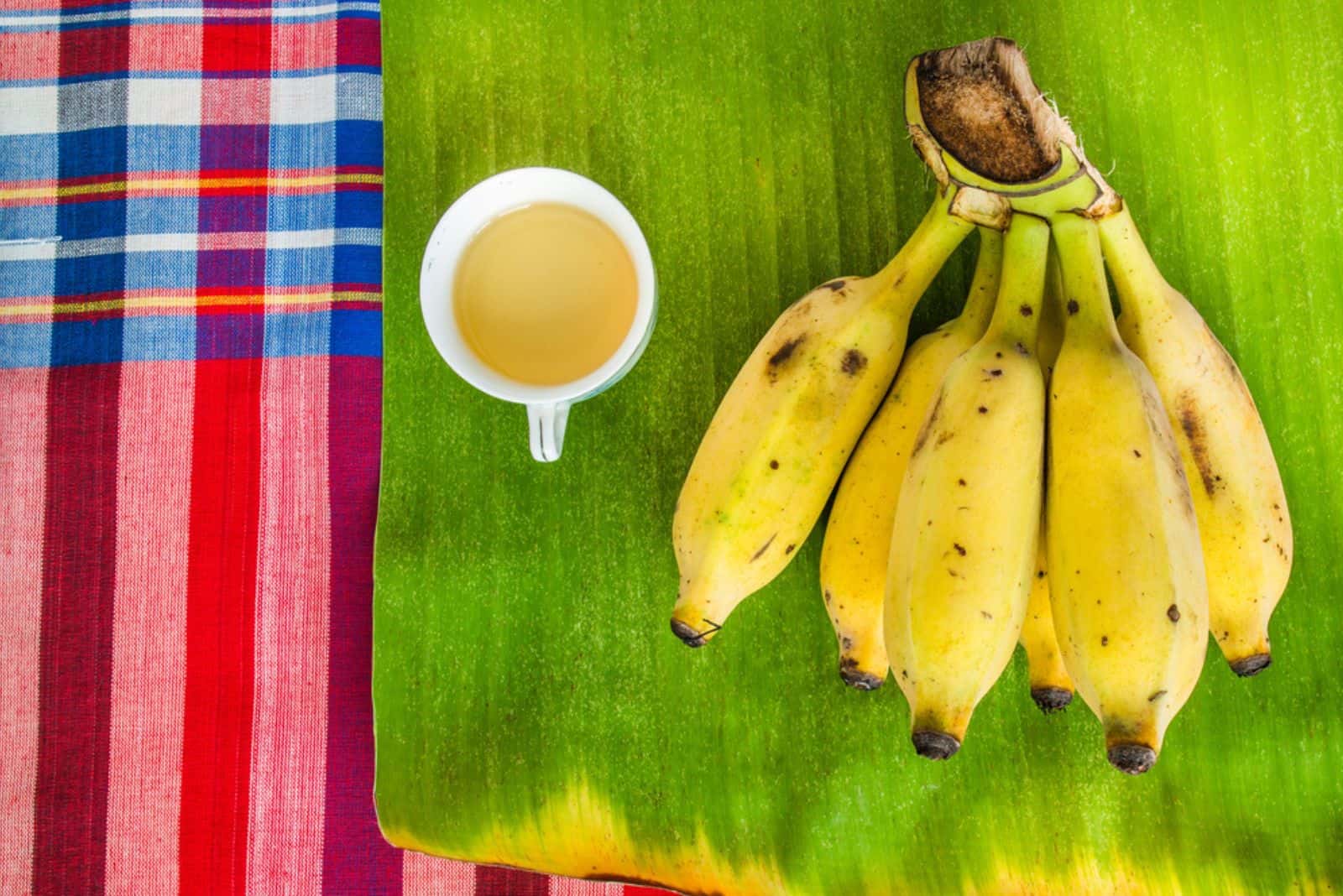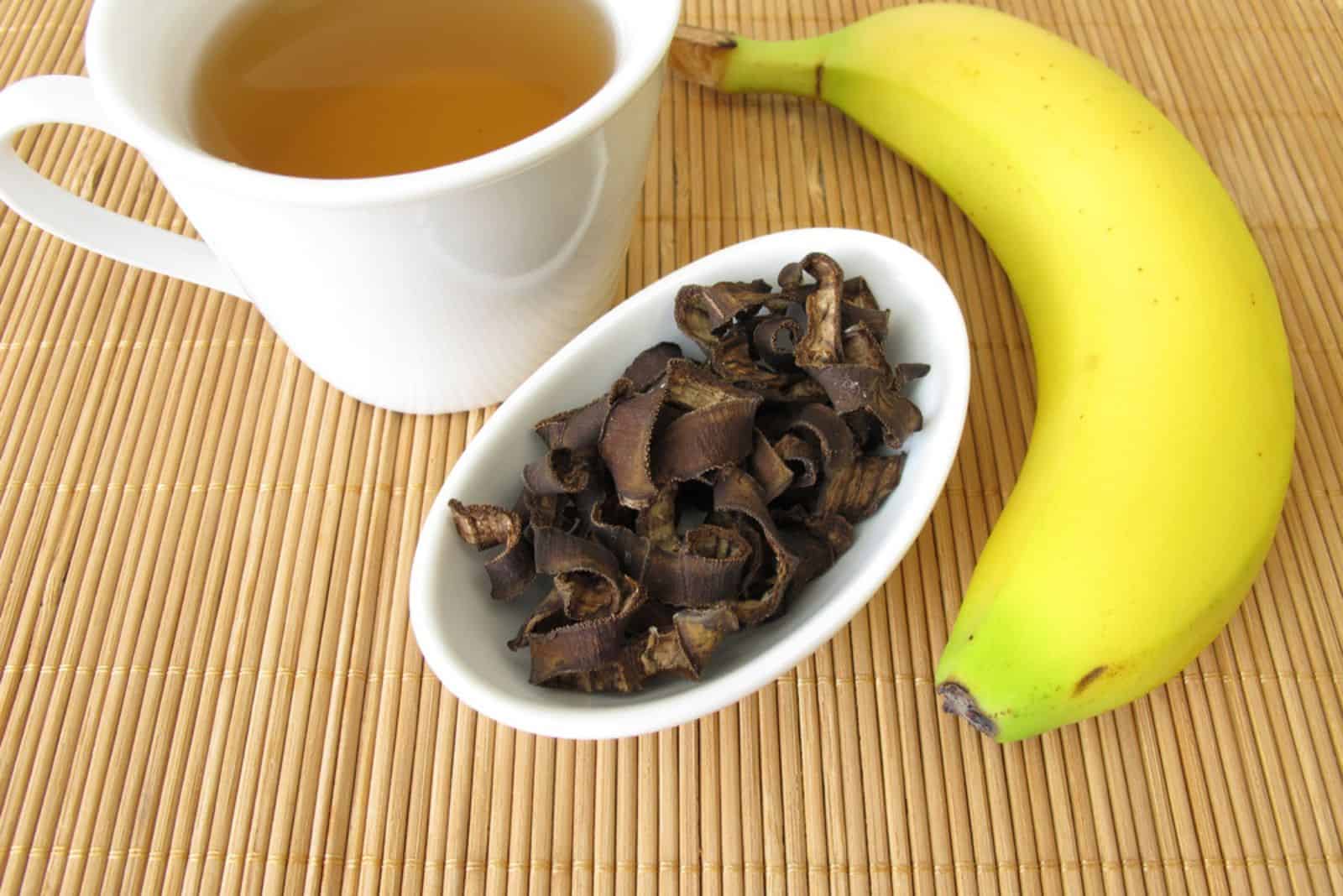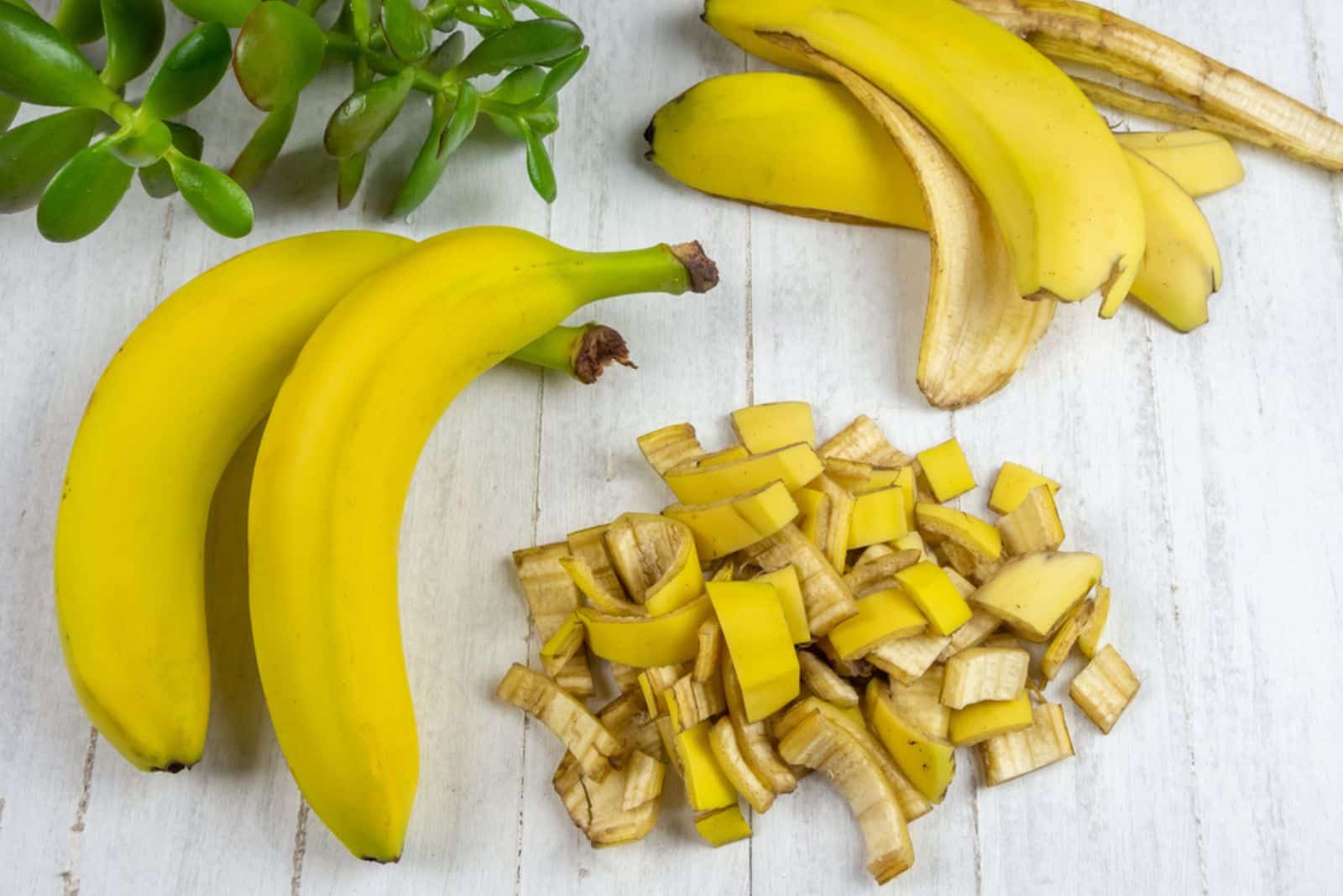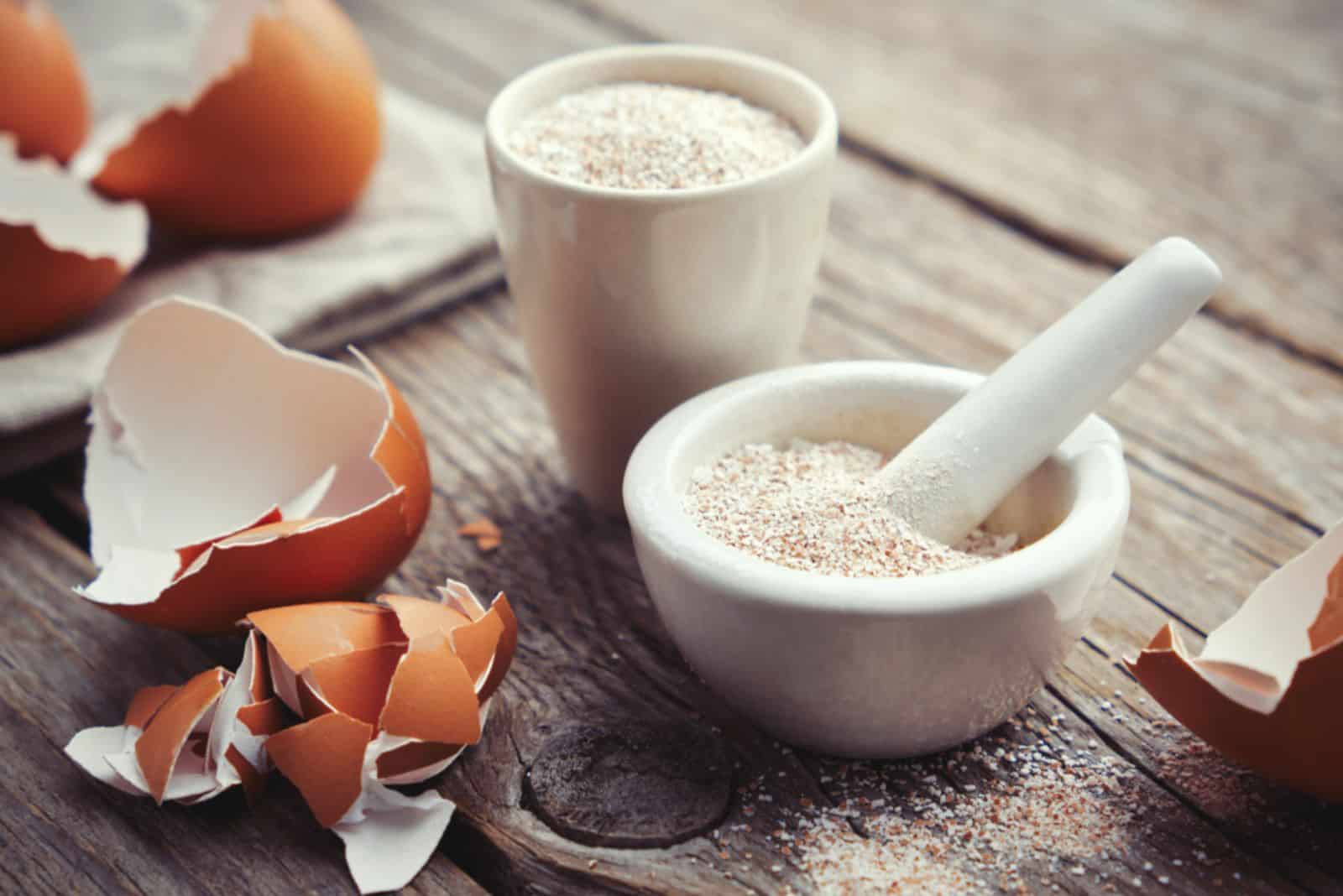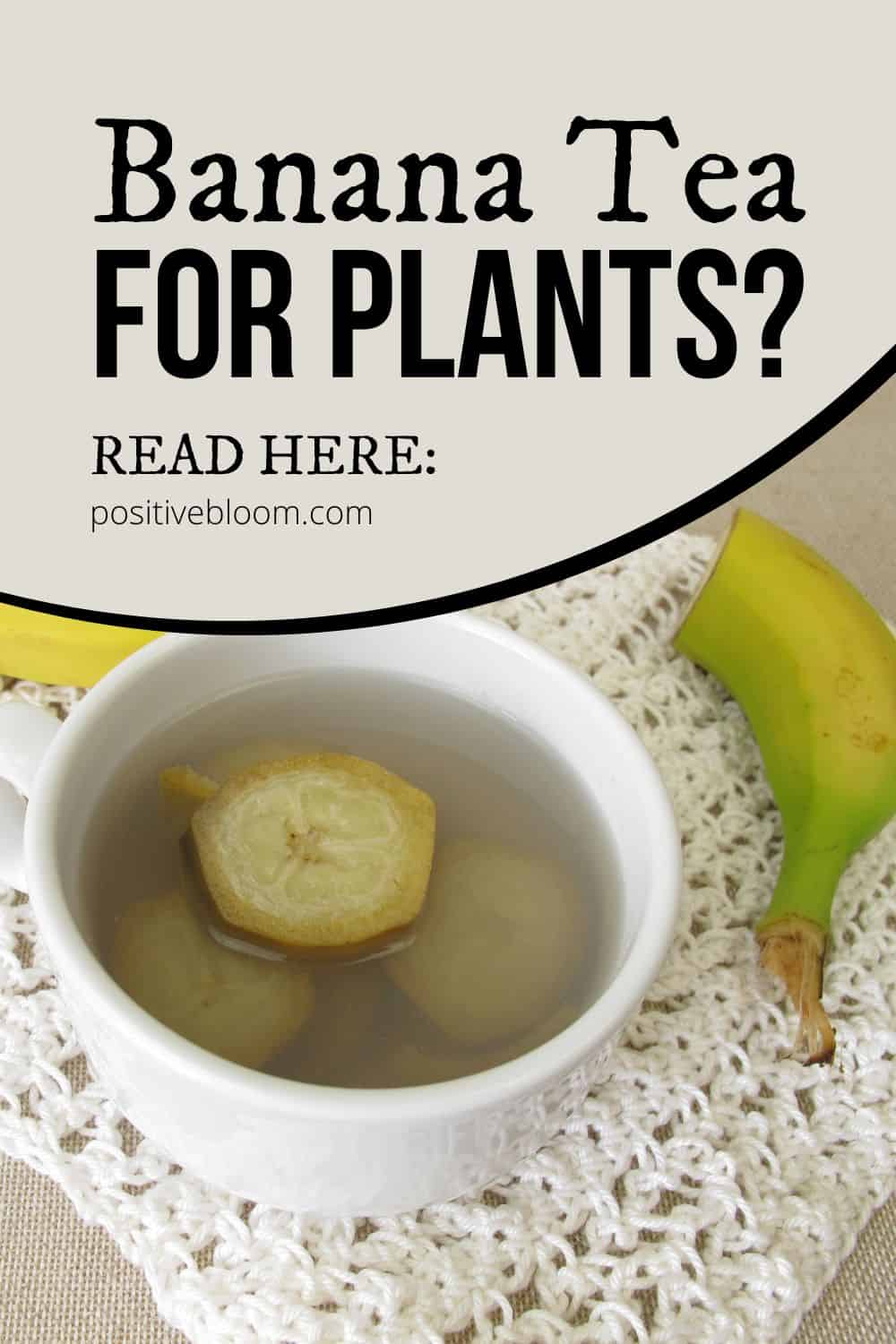Bananas are one of the most popular fruits of all time! Many researchers have discussed the nutritional values of these fantastic fruits; and some claim that bananas aren’t as good for our health as was first thought.
However, there are many more who think the opposite, and I am one of them!
Plant growers use many organic fertilizers, and some claim that banana peel can be used for plants in many different ways.
I’ll show you the pros and cons of banana tea for plants, how to make it, when and how to use it, and what else you can do with banana peel.
I’ll also discuss some other homemade fertilizers you can use for your plants.
Let’s get started!
Pros And Cons Of Banana Tea For Plants
Generally, you should use banana tea for plants, but a few things need to be considered. Adding different fertilizers, even homemade ones, may be dangerous for plants because each plant species has its own requirements regarding nutrients.
So, what are the benefits and drawbacks of banana water for plants?
Let’s find out!
Pros Of Banana Tea For Plants
We know that bananas have a lot of health benefits for people as they contain many valuable nutrients.
Banana peel also contains nutrients, especially those beneficial for other plants.
The first and most important nutrient that bananas contain is potassium (K).
Your plants will benefit considerably from this element as it aids in building stronger cell walls and encourages the growth of robust plant stems and roots.
Banana peel also contains phosphorus that promotes germination and aids in root development, blooming, and crop production.
Another two minerals found in banana skin are calcium and magnesium, which also aid in healthy plant development.
Cons Of Banana Tea For Plants
We’ve seen the benefits of banana peel for plants, but (there’s always a but), this shouldn’t be the only fertilizer you use for your plants. Don’t trust social media too much!
These fruits don’t contain nitrogen, which is responsible for healthy leaf development. Therefore, only using banana tea as fertilizer isn’t something you should do.
Additionally, this homemade fertilizer won’t increase potassium levels significantly, so you’ll need another fertilizer rich in this mineral.
The npk ratio of banana peel is 0.1-0.1-2.3. Compared to other complete fertilizers, such as triple 14, you can see that the npk ratio in banana skin is pretty low.
You should use banana tea for plants, but don’t rely too much on it and always combine it with other fertilizers to get the best results.
How To Make Banana Peel Tea
Making DIY fertilizers is fun! And when you add that it will aid in plant growth, it sounds even better.
It’s time to find out how to make banana tea in a few easy steps.
First, you need a few banana peels. The number of banana peels depends on how much banana tea you want to make.
You’ll need a bigger container if you have a lot of banana peels, and they can fit in a glass if you have only two to three banana peels.
1. Place the prepared banana peels in a container. I always cut my bananas into smaller pieces; the more, the merrier!
2. Pour room temperature water into your container and make sure all the banana peel is under the water line. If some pieces are above the water line, they’ll get moldy and your fertilizer won’t be effective.
3. Leave your bananas to soak in water for a few days.
4. After 2-3 days, you’ll notice that the water is slowly turning light brown, which is perfectly normal; the nutrients are leaking into the water!
5. After a week, remove all the banana skin from the water, and that’s it! Your liquid fertilizer is ready for use!
How To Use Banana Tea
Let’s first discuss the ideal water to banana peels ratio. Adding one cup of banana water to a gallon of water would be best.
Pour the solution around the plant base or use it as a foliar spray.
You can apply banana tea once a week, but don’t add too much; each plant species requires a specific amount of nutrients.
I don’t recommend applying banana tea to indoor plants. Houseplants are sensitive to fertilizers, so you need to be extra careful when feeding them. First, check if your plant lacks some nutrients before adding any.
You should apply it to garden plants, especially if you grow delicious peppers and tomato plants; they’ll love it!
Banana Peel Fertilizers: Other Ways To Use Banana Peels
Never throw away banana peels! If you don’t want to make a fertilizer tea out of them, there are other excellent and beneficial ways of using this natural fertilizer.
Here are a few ways to use banana skin you would otherwise throw away!
Add It To A Compost Pile Or Bin
Adding banana skin to your compost bin or pile is an excellent way to make homemade phosphorus fertilizer.
Bury it deep in the compost and ensure they are near the coffee grounds to avoid attracting naughty pests. If you can get pesticide-free bananas, that would be great.
Use It As A Soil Amendment
Another great way of using banana skin is by working them into the potting soil. Please pay attention to how deep you bury it because the closer they are to the soil line, the stronger the possibilities of pests.
Plant It Along With The Seeds
Give your seeds a boost of nutrients by planting banana skin with them. Make a trench (2 inches deep and as long as the banana skin is) and place the seeds on top of a flattened banana.
Make Insect Traps
Take a plastic container and add banana skin chopped into small pieces. Pour vinegar over the banana peel and close the lid. Make some holes in the lid and wait for aphids, gnats, or other garden pests.
You can also ferment the peel or use dried banana peels as a fertilizer.
Other Homemade Fertilizers
Making banana peel tea and applying it to your plants is an excellent way of improving your vegetable garden’s health.
Here is a list of more excellent homemade fertilizers for your plants!
• Compost Tea: This fertilizer promotes aeration in the soil, aids in root development, and adds microbes to the leaves.
• Eggshells: Makes the roots more robust, decreases soil acidity, and repels pests. Your tomato plants will appreciate it if you add eggshells to their soil as it protects them from blossom-end rot.
• Coffee Grounds: Coffee grounds are frequently used for roses, other flowering plants, and veggies. They promote root growth and repel pests.
Wrapping Up
Delicious, ripe bananas make excellent smoothies, and their peel acts as a fertilizer, so this fruit is a complete win!
I’m sure that the gardening tips and hacks above for banana tea for plants will help you improve your plants.
Remember, this shouldn’t be the only option for plant fertilization, but it will work great if combined with other methods.
Until next time!
Like this post? Share or pin it for later!

